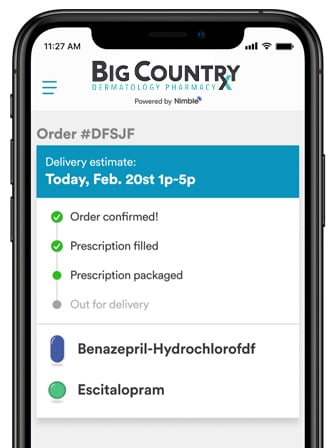Providers, pharmacies, and patients all have a part to play in the iPledge program if the patient is going to take Accutane. We break this down into 3 parts and how we improve outcomes in each one.
- Patient Understanding
- Provider Communication
- Pharmacy Documentation
Isotretinoin is also known by many other branded names such as: Accutane, Absorica, Amnesteem, Claravis, Myorisan, and Zenatane.
Patient Understanding and Completion
Patients are exposed to a significant amount of information on their way to starting their first month of isotretinoin. Along with all of the information to digest if they are a female of child bearing ability they will also have to answer a set of questions on the iPledge website before the pharmacy can dispense the medication. Of course lab work and other steps will also have to be completed before the medication is dispensed as well. The pharmacy’s roll here is to be a helping hand to the patient. Often the patient may need to have their memory jogged on what website they need to go to, and how to log in to complete the questionnaire. The most common way the pharmacy can help the patient is by letting the patient know if the iPledge program process has been completed and if it has not, what steps need to be taken for the patient to obtain the medication. Because of the iPledge window to complete all the tasks it is important that the pharmacy knows what the patients window is and makes sure the patient knows as well.
Provider Communication?
Communicating with providers on a patient’s status can be just as important as communicating with the patient. The provider has to complete several steps in the iPledge program for each patient, and with a narrow 7-day window and juggling so many patients the time lines can get tight. The pharmacy should be communicating with the provider’s office if the patient has completed everything on their end, but the provider has not released the patient in the iPledge system. With a simple quick communication the office is able to verify the information and if appropriate allow the pharmacy to dispense the medication at that point.
Pharmacy Documentation
The pharmacy must diligently document the iPledge process. The ideal way to handle isotretinoin prescriptions is to have a separate work flow. This allows the pharmacy to keep track of when patients windows close, which prescriptions have been cleared for dispensing by iPledge, and which patients still need to answer iPledge questions among other possible issues that can come directly from the iPledge prescription process. When the pharmacy has clear documentation of every stage that every Accutane prescription is in, the patient is more likely to receive their medication and have a good understanding of what to expect.
The claRx Accutane Guarantee is: If a patient misses their iPledge window and it is the pharmacies fault, we will pay for their repeat lab work, provider visit, and medication. We do this because the last thing a patient or provider wants is to have to start the process over because the patient was not able to receive their prescription within the time frame.



